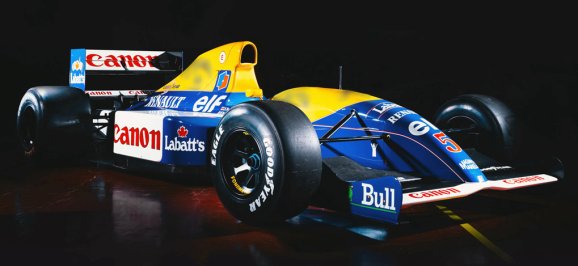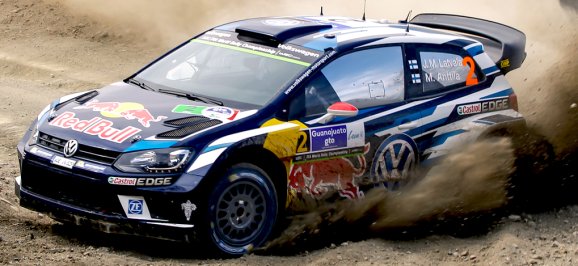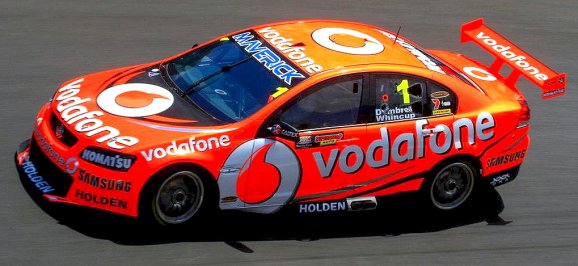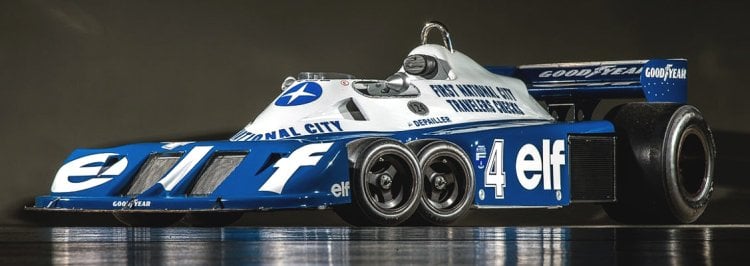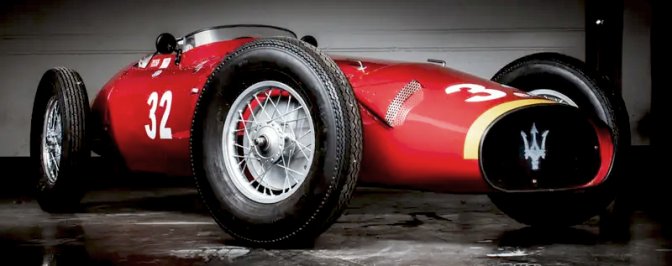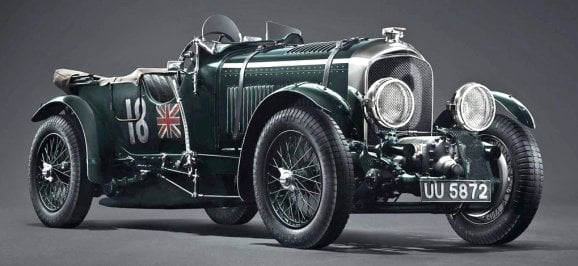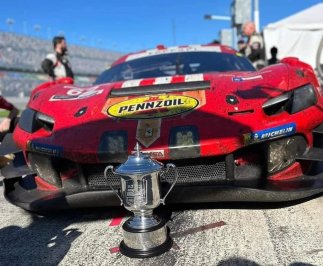I have a feeling we'll get these eventually within GT7's lifetime, or potentially even GT8.
Bugatti EB110 Super Sport '92
To be sold in Legend Cars.
Following Bugatti's Italian ownership from the 1980s, the EB110 is the first new model from the revered French manufacturer in over 50 years.
Before the likes of contemporary Bugattis such as the Veyron and Chiron, there was the EB110, the first new production model from Bugatti since the last Type 57 from 1940 rolled off the production line.
During this time, Bugatti had been bought by an Italian consortium in 1987, headed by Romano Artioli, best known for his ownership of Lotus. The end result was the creation of an Italian-produced French automobile engineered and designed by big names in the automotive industry, with the late Marcello Gandini responsible for one of the earliest prototype designs of the car.
Four years later, after many revisions to the car's styling, the EB110 was born, and its name comes from what would've been Ettore Bugatti's 110th birthday during the unveiling of the car. Featuring exotic flair such as a carbon fibre body and Gandini's auteur of scissor doors, it was very clear that the goals of the EB110 was to compete with the top supercars at the time, and was marketed as one of the most advanced supercars yet.
First debuting as the EB110 GT, the car was powered by a 3.5-litre V-12 engine with four turbochargers producing 553hp. Most cars would resort to a maximum of two turbochargers, as a quad-turbocharged engine was still unheard of at the time. It came paired with all-wheel drive mated to a six-speed manual transmission, allowing the EB110 to accelerate rather quickly with a 0-60 time of 3.46 seconds and a top speed of 342km/h, despite its hefty 1,620kg curb weight.
However, the most iconic model of the EB110 would have to be the Super Sport which debuted a year later, featuring 50 more horsepower, now at 603hp, a fixed rear wing, double wishbone suspension, and a strict diet of 202kg, now resulting in 1,418kg. This weight reduction was attributed to the use of even more carbon fibre parts in both the interior and exterior, further increasing its overall performance.
The end result was a 0-60 time of 3.26 seconds and a top speed of 355km/h, making it among one of the fastest production cars in the world at the time.
The EB110 Super Sport was also famously owned by Michael Schumacher at one point, featuring a special yellow color scheme, which he owned from 1994 until 2003. Only 139 units of the EB110 were ever produced, and was the only production car under Bugatti's Italian ownership before they were purchased by Volkswagen and returned back to their native France.
As a result, the EB110 has left a lasting legacy on Bugatti's contemporary history, later seen with the Veyron and Chiron, and the limited-edition Centodieci, which debuted in 2021, would serve as a tribute to this very special car.
Maserati MC12 '04
To be sold in Brand Central.
As a cousin to the Ferrari Enzo, the Maserati MC12 was a homologation-based supercar for FIA GT1 racing to symbolize Maserati's return to top-level motorsports.
When it came to motorsport, Maserati have been a well-respected name even as far as the pre-war Grand Prix days with the 8CTF, and in the 1950s with the 250F Formula One car and 300 S which competed at Le Mans.
However, since the late 1960s, Maserati have not entered any major racing competitions, and hoped to change that with the MC12 (Maserati Corse - 12 cylinder) road-going supercar, using the Ferrari Enzo Ferrari as the foundation and basis for its design.
The 6.0-litre V-12 has been detuned somewhat to produce 621hp and was considerably heavier, taller and wider than the Enzo, weighing in at 1,500kg. It also retained the same six-speed paddle-shift transmission as well, and featured a racing-derived double wishbone suspension. The MC12 also featured a detachable top, akin to similar supercars such as the Porsche Carrera GT and Koenigsegg CC series, although it is not possible to stow the roof on the trunk of the car.
Being a homologation special, for, in particular, FIA GT1 racing, 50 road-going examples were made, and this is among the most Spartan supercars ever created, eschewing luxury and practicality for all-round functionality.
The FIA GT1 racing version was not very different to the road car as its engine output remained unchanged, save for revised exhaust and ECU changes, although it did achieve considerable success in the FIA GT series, and much later, the FIA GT1 World Championship, scoring a number of teams', constructors and drivers' championships along the way.
A track-only version known as the "Versione Corse" was later introduced in mid-2006 featuring similar aerodynamics to the GT1 version, and a de-restricted engine producing 740hp, intended to be their equivalent of the Ferrari FXX. Unlike the XX program, which was solely for research and development, the MC12 Versione Corse was purely for leisure and entertainment.
And lastly, the return of the Saleen S7.






